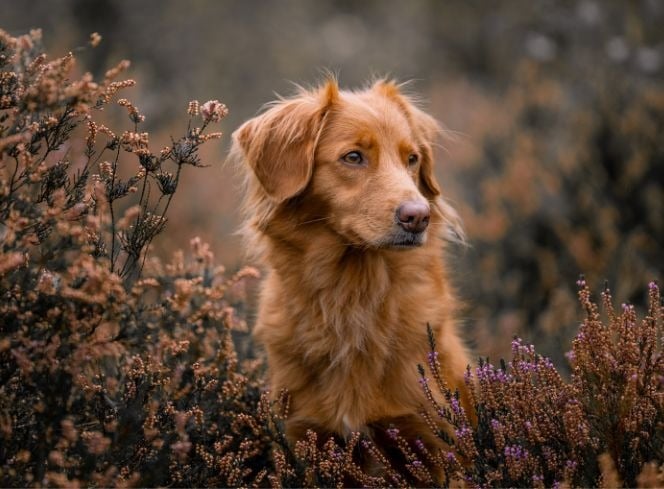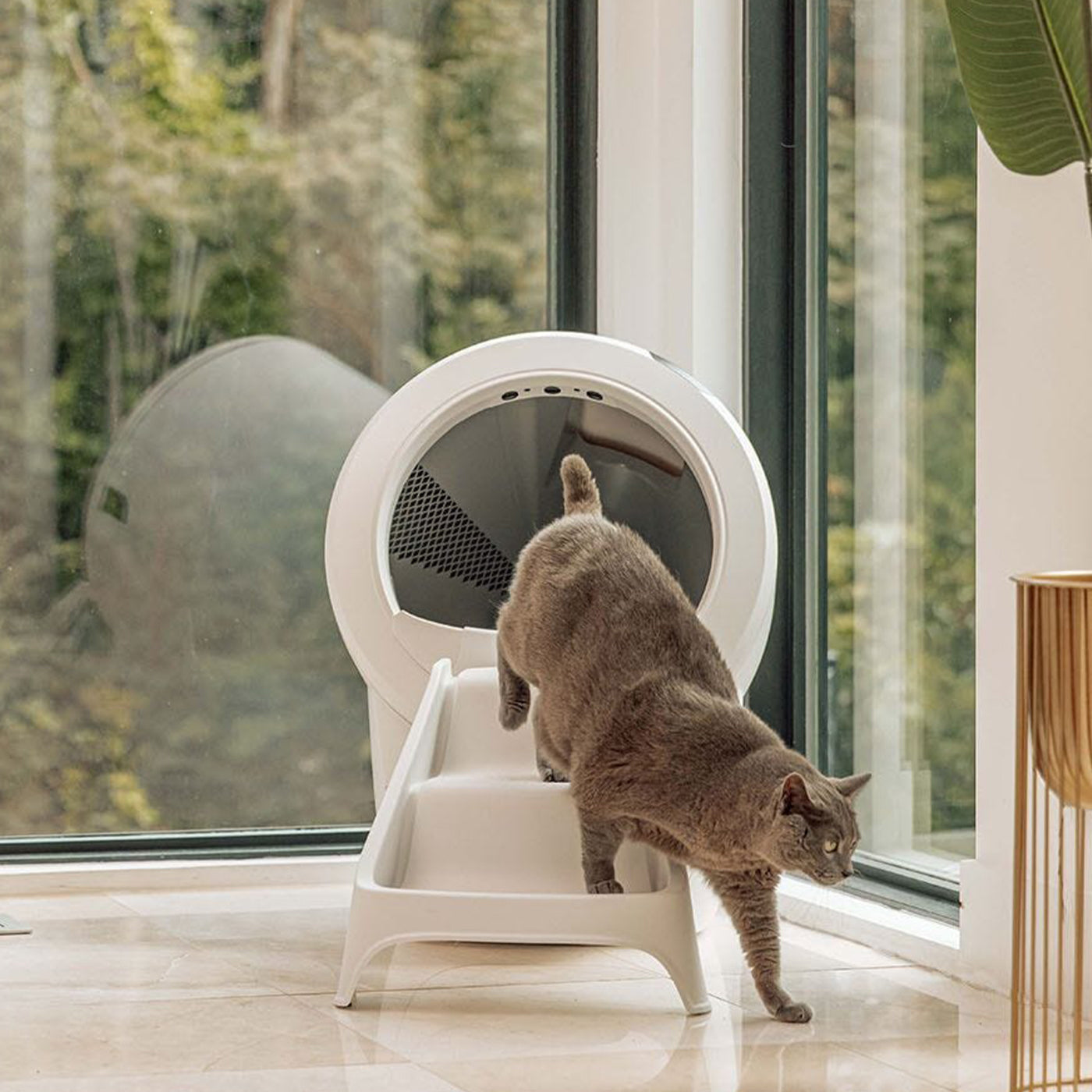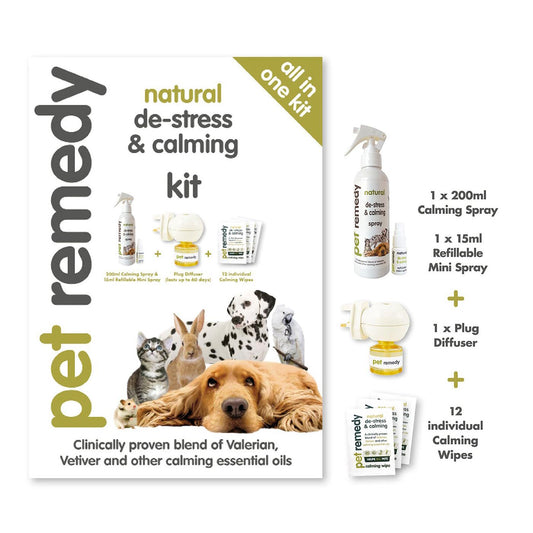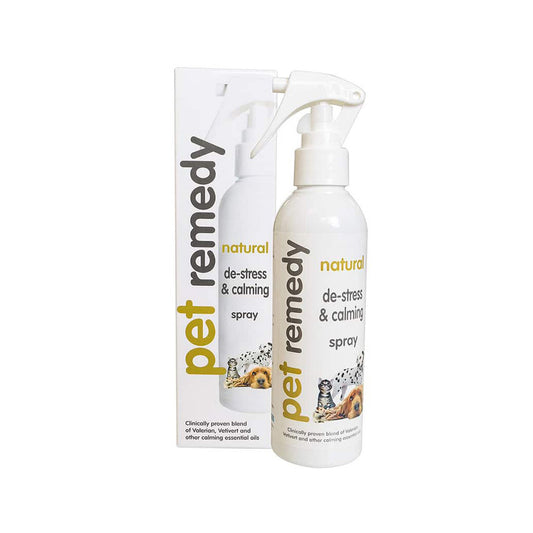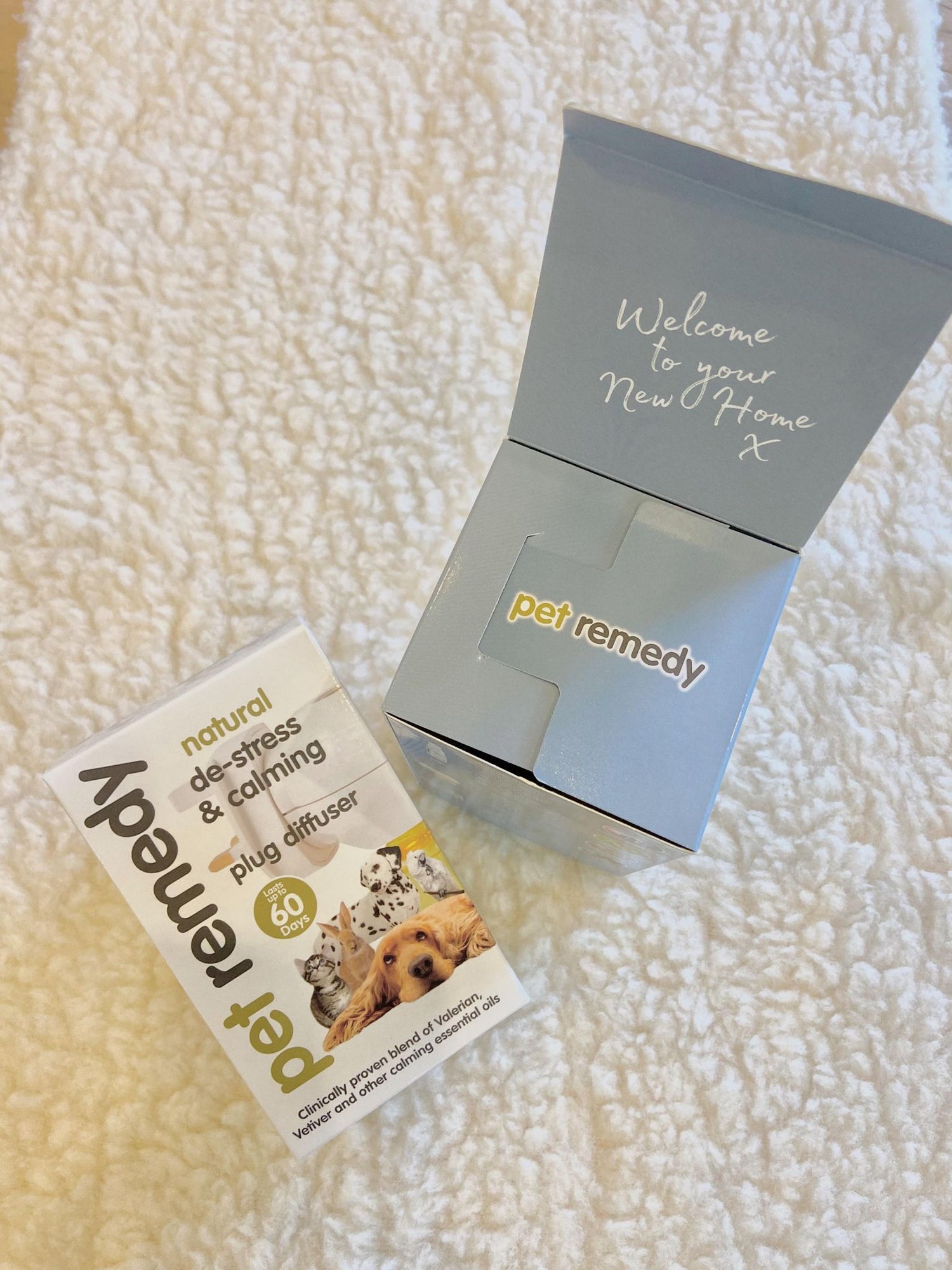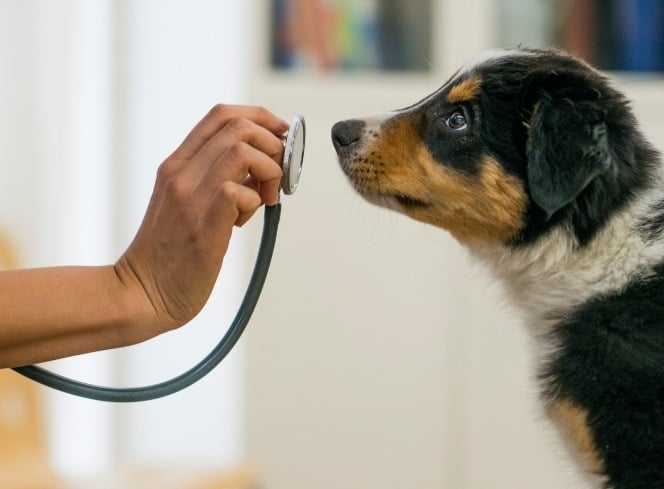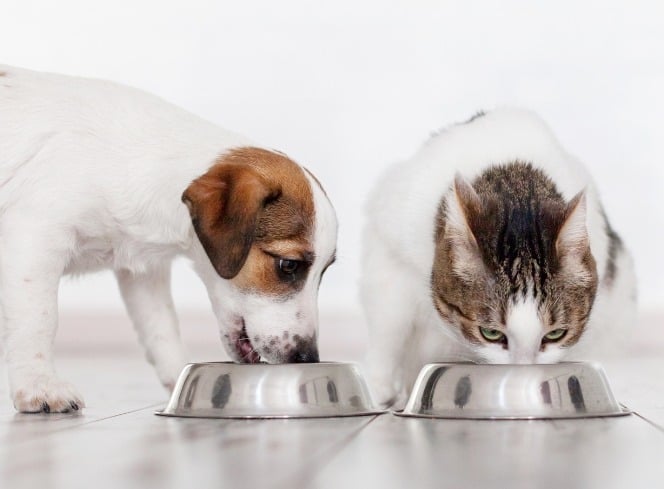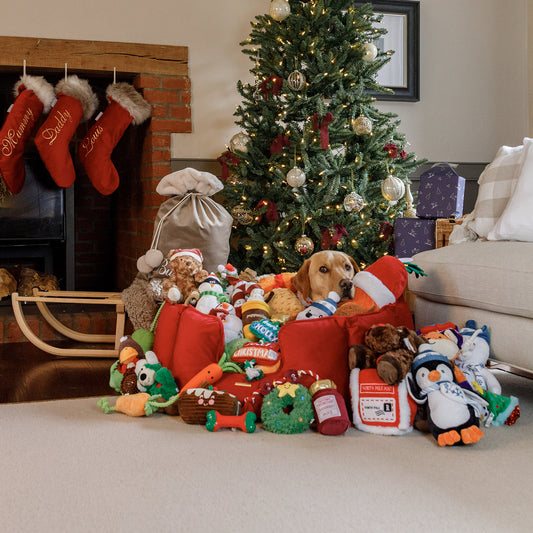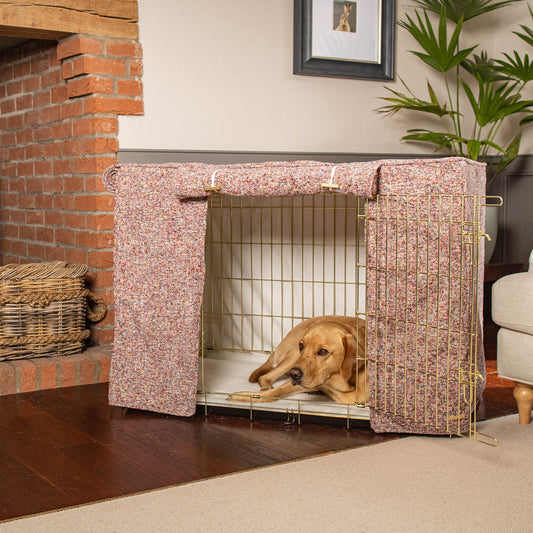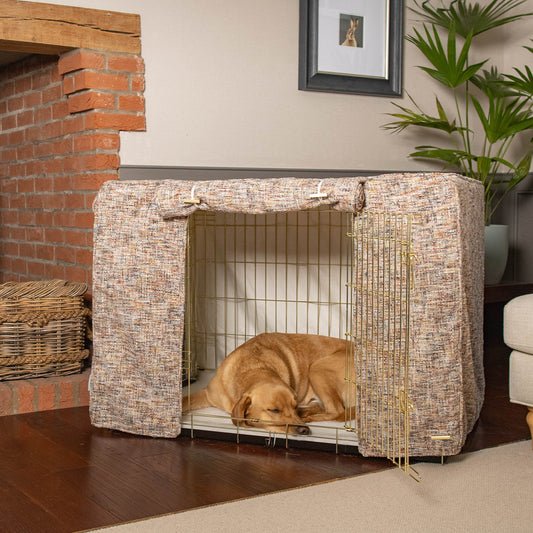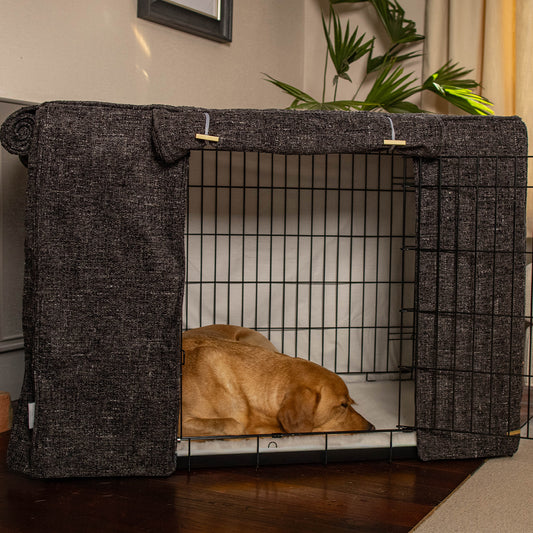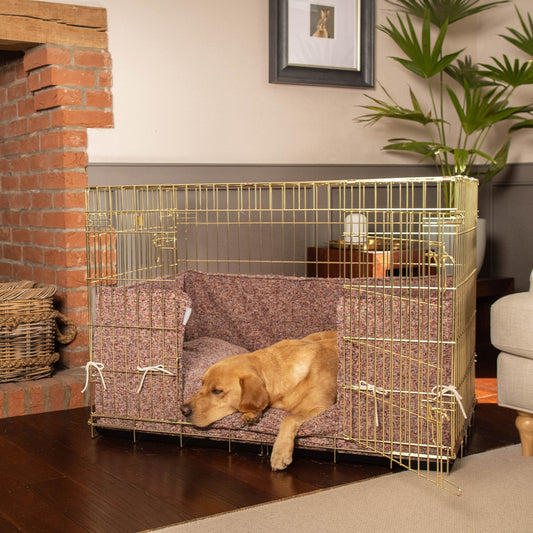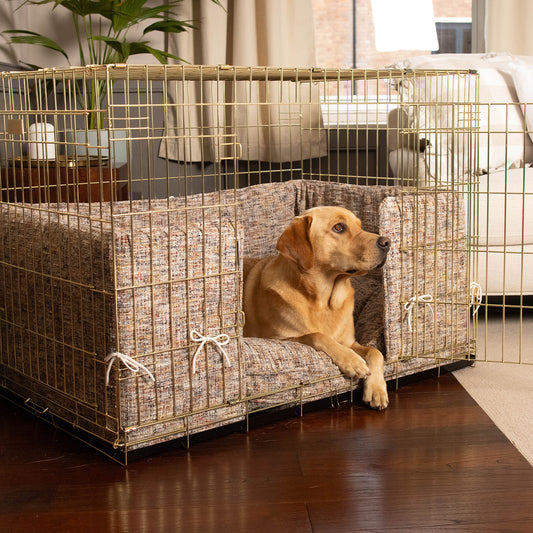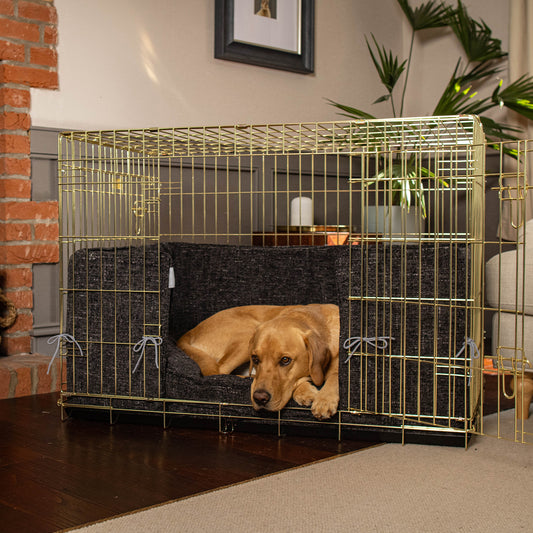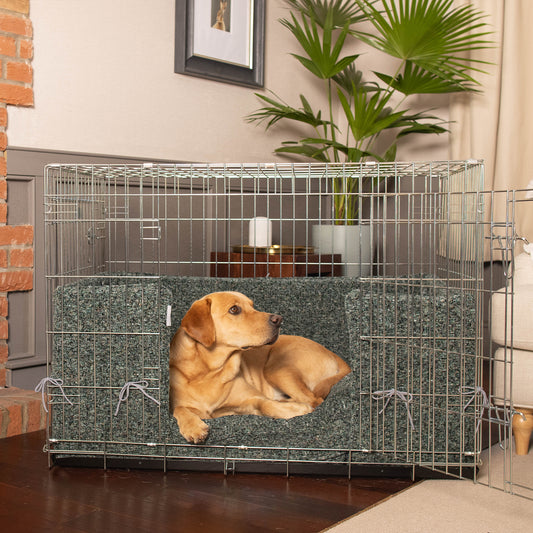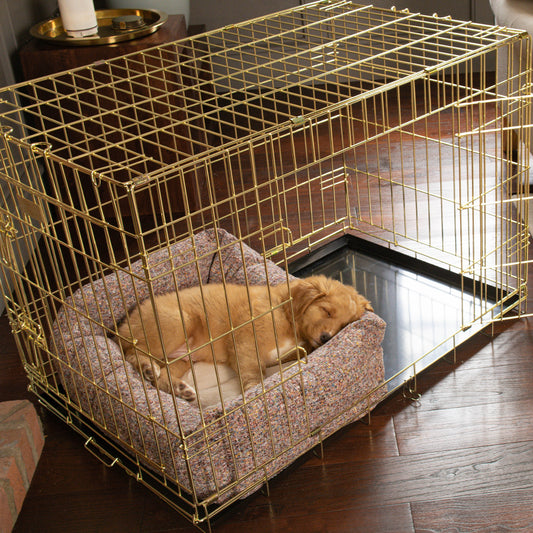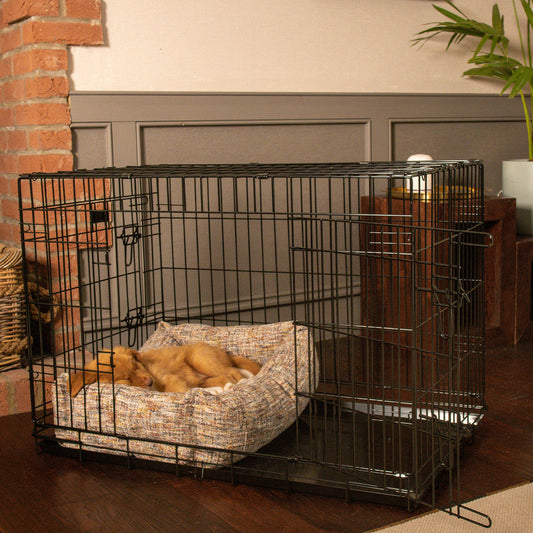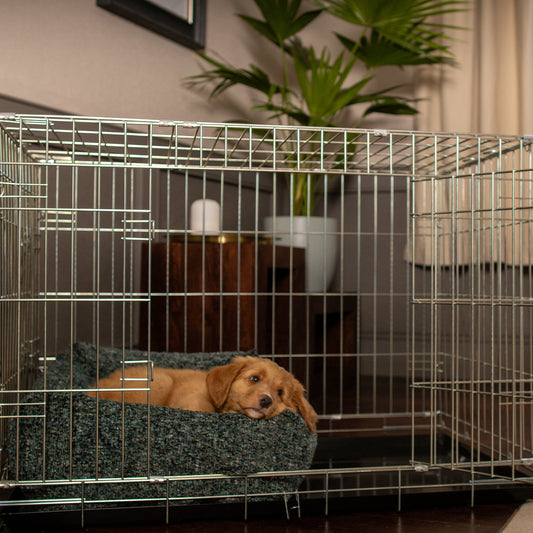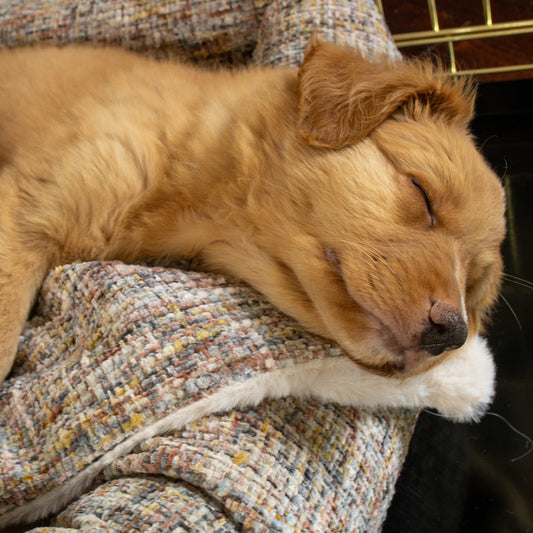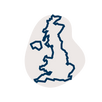As the vibrant colors of summer foliage gradually give way to the warm hues of autumn, our beloved pets are also faced with seasonal changes. The crisp air, falling leaves, and shorter days signify that it's time for pet owners to adapt their care routines to ensure the well-being of their furry companions. In this comprehensive guide, we'll explore essential aspects of autumn pet care, covering everything from potential hazards to exercise routines.
Poisonous Plants and Natural Hazards for Pets

Autumn brings about a shift in our surroundings, and with it, a new set of potential dangers for our four-legged friends. Here are some key points to consider:
- Poisonous Plants: As certain plants flourish in the autumn months, it's crucial to be aware of which ones can harm your pets. Common toxic plants include autumn crocus, mushrooms, and some types of ivy. Keep your pets away from these plants to prevent accidental ingestion.
- Mushrooms: Fallen leaves can conceal wild mushrooms that may be toxic to pets. Regularly inspect your yard and walking routes to ensure your pets don't come into contact with these potentially harmful fungi.
- Chemicals: Autumn often involves more intensive yard work, such as leaf raking and garden maintenance. Be cautious with chemicals like fertilisers and pesticides, which can be toxic if ingested by pets. Store them securely and ensure they are pet-friendly.
- Antifreeze: Antifreeze, commonly used in cars during colder weather, is extremely toxic to pets. It has a sweet taste that may attract them. Ensure your vehicle isn't leaking antifreeze, and store it safely out of reach.
- Chocolate: Chocolate and sweets are a minor hazard all year round, but with halloween just around the corner you may find that your dog is brought into contact with human treats and sweets more often. Chocolate is especially toxic to dogs and cats, but other sweets containing Xylitol also pose a risk.
Fireworks and Other Noises in the Autumn

In the UK, autumn is synonymous with various festivities, including Halloween and Bonfire Night. These celebrations often involve fireworks and loud noises, which can be distressing for pets. Here's how to help your furry companions cope:
- Socialise pets from a young age: Socialising our kittens and puppies from a young age can help them get used to strange situations, noises and people as they grow up.
-
Safe Haven: One of the reasons crate training is so important for puppies and dogs is that it gives them a safe space to retreat to when they want to feel safe.
Make sure your dogs and cats both have places of their own that they can easily get to when they feel more anxious or stressed than usual.
A hooded cat bed or cat tree with hideaway is perfect for cats who love the privacy of a covered sleeping area. Remember, cats like to be high up and feel safer from a height. Provide a tall scratch post tree for them which they can retreat to when they want to feel at ease. - Distraction: Provide toys, treats, or puzzle feeders to keep your pets distracted during noisy events.
- Identification: Ensure your pet has proper identification, including a collar with an up-to-date tag and a microchip. The stress of loud noises might cause them to bolt, so being prepared is crucial.
- Consult A Vet: If your pet has severe anxiety during fireworks or other loud events, consult your veterinarian. They can recommend strategies, such as medication or behavioural training, to help your pet cope.
- Use a calming plug-in diffuser: Pet calming products can greatly influence stress levels in our pets. Calming products come in a number of forms: plug-in diffusers, sprays and pet wipes for different applications. Try plugging a diffuser in a week or two before bonfire night or Halloween to help keep them settled and stress-free.
Exercising Pets in the Autumn

Maintaining your pet's exercise routine is vital throughout the year, including in autumn. Exercise in and of itself may not seem like a hazard, but fewer daylight hours and colder, wet weather can bring with them one or two minor risks.
Here's how to adapt to the changing weather:
- Adjust Timing: As daylight hours decrease, consider shifting your daily walks to earlier in the morning or late afternoon to ensure visibility and safety.
- Dress Accordingly: Short-haired breeds and smaller dogs may need extra warmth during chilly autumn walks. Invest in a pet sweater or coat to keep them comfortable. We’ve got a great range of cosy jumpers and coats for your dogs to keep them warm and dry on walks. Our drying coats are perfect for after a wet autumn walk!
- Indoor Activities: On rainy or particularly cold days, engage your pet with indoor activities like hide-and-seek or puzzle toys to keep them mentally and physically stimulated. Our interactive toys are perfect for keeping your dogs out of mischief, the Nina Ottosson puzzles are so much fun for your pup!
- Proper Paw Care: Wet autumn leaves and cold pavement can be harsh on your pet's paws. Check their paw pads for cuts, cracks, or irritation, and consider using pet-safe paw balm. Our favourite paw balm is the BeLoved paw balms, they have soothing natural ingredients in so are perfect for keeping your dog’s paws healthy!
Additional Tips for Autumn Pet Care
To round off our guide, here are a few additional tips to ensure your pet's well-being during autumn:
- Seasonal Diet Adjustments: Consult your veterinarian about any necessary dietary changes for your pet during the colder months. They may need more or less food to maintain a healthy weight.
- Grooming: Regular grooming helps keep your pet's coat in good condition. It also allows you to check for ticks, fleas, and mats that might be more common in autumn.
- Routine Vet Checkup: Schedule a routine veterinary checkup to address any potential health concerns before the colder months set in. This ensures your pet is in top shape to face the season.
Autumn is a beautiful and cosy time of year, and with these tips, you can ensure that it's equally enjoyable for your beloved pets. By being aware of potential hazards, adapting to changing routines, and providing comfort during noisy celebrations, you'll help your furry companions thrive as the leaves fall and the air turns crisp. Remember, a little extra care goes a long way in keeping your pets healthy and happy throughout the autumn season.






















































